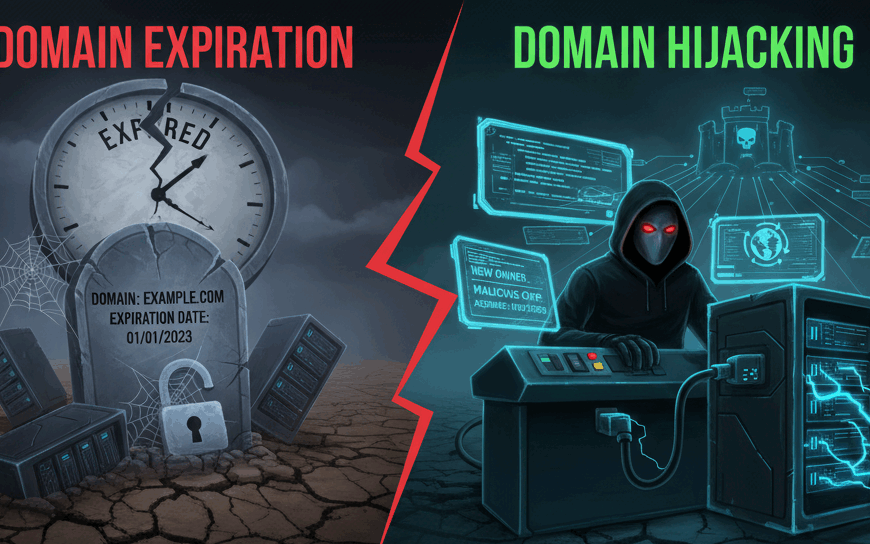Container portability is changing how UK businesses manage their Windows Server infrastructure. You know what’s interesting? Most companies still struggle with outdated deployment methods.
Looking for reliable hosting solutions to support your container infrastructure? TrueHost UK offers enterprise-grade Windows Server hosting with container support across UK data centres.

Why UK Businesses Need Container Portability Now
Here’s the thing, traditional server management costs UK businesses millions annually. Container portability offers a solution that actually works.
Think about your current setup. How long does deploying a new application take? Most teams spend weeks managing dependencies and configurations.
Container portability eliminates these headaches. You package applications once, then deploy anywhere. It’s like having a universal adapter for your software.
The Current State of Windows Server Management
Most UK organisations face these challenges daily:
- Manual deployments taking hours or days
- Inconsistent environments across servers
- Complex rollback procedures when things go wrong
- High infrastructure costs from resource waste
What Container Portability Actually Means
Container portability isn’t just another tech buzzword. It’s the ability to move containerised applications between environments seamlessly.
Your development team builds an application container. That same container runs identically on testing, staging, and production servers.
No more “it works on my machine” conversations.
Understanding Container Technologies on Windows Server

Windows Server 2019 and 2022 changed the game for container portability. Microsoft finally got serious about containerisation.
You’ve got two main options: Windows containers and Hyper-V containers.
Windows Containers vs Hyper-V Containers
| Feature | Windows Containers | Hyper-V Containers |
|---|---|---|
| Isolation Level | Process isolation | VM-level isolation |
| Resource Usage | Lower overhead | Higher overhead |
| Security | Shared kernel | Separate kernel |
| Performance | Faster startup | Slower startup |
| Use Case | Trusted applications | Multi-tenant scenarios |
Windows containers share the host kernel. They’re perfect for applications you trust completely.
Hyper-V containers provide stronger isolation. Each container runs in its own virtual machine.
Docker Desktop for Windows
Docker Desktop makes container portability accessible for Windows developers. You can download it directly from Docker’s official website.
Installation takes minutes although configuration requires some planning.
Most UK teams start with Docker Desktop for local development. Then they scale to production environments.
OpenSSH: The Missing Piece for Windows Server
OpenSSH integration transforms how you manage container portability remotely. Microsoft finally included native OpenSSH in Windows Server 2019.
Before this, managing Windows servers remotely meant dealing with RDP or PowerShell remoting. Both had limitations.
Installing OpenSSH on Windows Server
You’ll find OpenSSH in Windows Features. Here’s how to enable it:
- Open Server Manager
- Navigate to Manage > Add Roles and Features
- Select OpenSSH Server from Features
- Complete the installation
PowerShell users can install it faster:
Add-WindowsCapability -Online -Name OpenSSH.Server~~~~0.0.1.0
SSH Key Management for Container Deployments
SSH keys secure your container portability workflows. You generate them once, then use them everywhere.
Here’s what most UK teams get wrong: they use password authentication. Don’t do this.
Generate SSH keys properly:
ssh-keygen -t rsa -b 4096 -C "[email protected]"
Store the public key on your Windows Server. Keep the private key secure on your management machine.
Combining Container Portability with OpenSSH Magic
Now things get interesting. You can manage container portability entirely through SSH connections.
Remote container management becomes simple. No more logging into servers through RDP.
Secure Container Deployment Workflows
Your deployment pipeline should look like this:
- Build container images locally
- Push images to your registry
- SSH into target servers
- Pull and deploy containers remotely
This workflow works whether you’re deploying to one server or fifty.
SSH Tunneling for Container Networks
Container portability often requires secure networking between containers. SSH tunneling solves this elegantly.
You create encrypted connections between servers. Your containers communicate through these tunnels.
Most UK businesses overlook this capability. They struggle with complex VPN configurations instead.
Managing Multiple Servers Through SSH
Container portability shines when you manage multiple servers. SSH makes this manageable.
Create a simple shell script:
#!/bin/bash
servers=("server1.company.co.uk" "server2.company.co.uk")
for server in "${servers[@]}"
do
ssh admin@$server "docker pull myapp:latest && docker restart myapp"
done
This script updates containers across your entire infrastructure.
Practical Container Portability Implementation for UK Businesses
Let’s talk real implementation. You can’t just flip a switch and have container portability working.
Most successful UK deployments follow a phased approach.
1) Assessment and Planning
Start by auditing your existing applications. Not everything needs containerisation immediately.
Look for these characteristics:
- Stateless applications
- Microservices architectures
- Development environments
- Testing workflows
Avoid containerising these initially:
- Legacy applications with complex dependencies
- Database servers requiring persistent storage
- Applications requiring specific hardware
2) Pilot Projects
Choose one non-critical application for your pilot. Web applications work well for container portability testing.
Build your first container image. Deploy it to a test environment.
Document everything. Your team needs clear procedures for scaling up.
Security Considerations for UK Compliance
GDPR compliance affects how you implement container portability. The ICO provides specific guidance on data processing in containerised environments.
Container images can contain sensitive data. Scan them regularly for vulnerabilities.
Your SSH keys need proper lifecycle management. Rotate them quarterly at minimum.
Real-World Benefits UK Companies Actually See
Container portability delivers measurable improvements. Here’s what UK businesses report after successful implementations:
i) Deployment Time Reductions
Traditional deployments: 4-8 hours on average Container portability deployments: 15-30 minutes
That’s a 90% reduction in deployment time. Your teams can push updates multiple times daily.
ii) Infrastructure Cost Savings
Most UK companies see 30-50% reduction in infrastructure costs. Container portability improves resource utilisation dramatically.
You run more applications on fewer servers. Hardware requirements decrease significantly.
iii) Disaster Recovery Improvements
Container portability simplifies disaster recovery planning. Your applications run anywhere, including backup data centres.
Ready to implement container portability for your Windows infrastructure? The True Host provides managed Windows Server hosting with full container support and UK-based technical expertise.
Essential Tools for Container Portability Success
Your toolchain determines implementation success. Don’t skimp on proper tools.
Core Platform Requirements
-
Windows Server 2019, 2022 or 2025
-
Docker Desktop or Docker Engine
-
PowerShell 7 or later
-
Windows Admin Center
-
Visual Studio Code with Docker extension
Registry and Orchestration Options
Container registries store your images. You need reliable registry services for container portability.
Options include:
-
Azure Container Registry (recommended for UK businesses)
-
Amazon ECR
-
Docker Hub
-
Harbor (self-hosted option)
Monitoring and Management Tools
Container portability requires proper monitoring. Applications move between servers frequently.
Prometheus and Grafana provide excellent monitoring capabilities. They’re open-source and integrate well with Windows containers.
Windows Admin Center now includes container management features. Use it for basic monitoring and management tasks.
Troubleshooting Common Container Portability Issues
Every implementation hits snags. Here are the most common problems UK teams encounter:
Networking Configuration Problems
Container networks confuse many administrators. Windows container networking differs from Linux containers.
Default NAT networks usually work for development. Production environments need custom network configurations.
Storage and Persistence Challenges
Container portability assumes stateless applications. Real applications often need persistent storage.
Windows containers support volume mounts. Plan your storage architecture carefully.
Performance Tuning Considerations
Container portability can impact performance initially. Proper tuning eliminates most issues.
Monitor these metrics:
- CPU utilisation per container
- Memory consumption patterns
- Network throughput
- Storage I/O performance
Future-Proofing Your Container Strategy
Container portability continues evolving rapidly. Microsoft releases new features quarterly.
Windows containers now support GPU workloads. This opens possibilities for AI and machine learning applications.
Kubernetes adoption grows among UK enterprises. Consider how container portability fits into orchestration strategies.
Taking Your Next Steps
Container portability isn’t optional anymore. UK businesses implementing it now gain competitive advantages.
Start small. Choose one application for your pilot project.
Build team expertise gradually. Container portability requires new skills and processes.
Document everything. Your future self will thank you for clear procedures.
The transformation takes time. Most successful UK implementations span 6-12 months for complete rollout.
But the benefits justify the effort. Container portability delivers real efficiency improvements and cost savings.
Your Windows Server infrastructure can be more flexible, reliable, and cost-effective. Container portability makes this possible.



